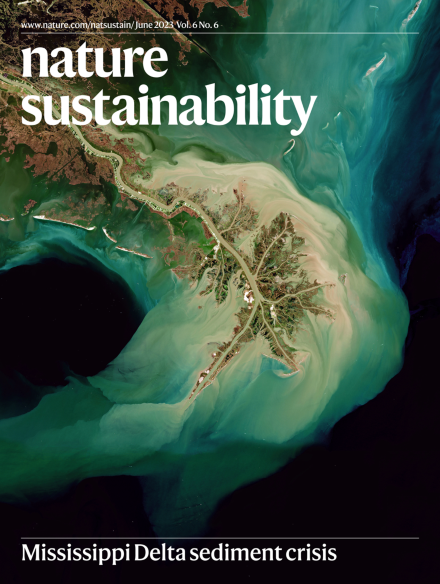Tailored synthesis of circular polyolefins
IF 27.1
1区 环境科学与生态学
Q1 ENVIRONMENTAL SCIENCES
引用次数: 0
Abstract
Accumulation of plastic waste in the environment is not only a pressing environmental problem but also a waste of resources. Developing chemically recyclable plastics is deemed a viable approach to address the ever-growing plastic crisis, but the synthesis of circular polyolefins remains challenging. Here we demonstrate a ring-strain matched concept for the tailored synthesis of circular polyolefins. By designing a well-defined 16-membered unsaturated lactone (Ester-16), a family of chemically recyclable, high-molecular-weight, high-density polyethylene (HDPE)-like materials is produced by the copolymerization of cyclooctene (COE) with Ester-16, followed by exhaustive hydrogenation. These HDPE-like materials have the desirable bulk properties of HDPE. They can be degraded into a well-defined and easily separable macromonomer, specifically AB-like telechelic PE. The molecular weight of the macromonomer can be precisely tailored as required and depends solely on the feed ratio of [COE]/[Ester-16]. The recycled macromonomer can be easily repolymerized into a high-molecular-weight HDPE-like material. This macromonomer–polymer–macromonomer lifecycle rather than monomer–polymer–monomer lifecycle can be repeated with quantitative yields using a facile isolation process. Overall, this work opens opportunities to improve the sustainability of plastics. Developing recyclable circular plastics is a viable approach to reshape the currently unsustainable plastics consumption pattern. Here the authors show a design to obtain recyclable polyolefin plastics with a tailored macromonomer–polymer–tailored macromonomer circular lifecycle.

圆形聚烯烃的定制合成
塑料垃圾在环境中的堆积不仅是一个紧迫的环境问题,也是一种资源浪费。开发化学可回收塑料被认为是解决日益严重的塑料危机的可行方法,但循环聚烯烃的合成仍然具有挑战性。在这里,我们展示了一个环应变匹配的概念,为量身定制的圆形聚烯烃合成。通过设计一种定义明确的16元不饱和内酯(Ester-16),通过环烯(COE)与Ester-16的共聚,然后进行彻底的氢化,生产出一系列化学上可回收的高分子量高密度聚乙烯(HDPE)类材料。这些类HDPE材料具有HDPE理想的体积特性。它们可以降解成定义良好且易于分离的大单体,特别是类ab的远螺旋PE。大单体的分子量可以根据需要精确定制,并且仅取决于[COE]/[Ester-16]的进料比。回收的大单体可以很容易地重新聚合成高分子量的hdpe样材料。这种大单体-聚合物-大单体的生命周期,而不是单体-聚合物-单体的生命周期,可以重复定量产率使用一个简单的分离过程。总的来说,这项工作为提高塑料的可持续性提供了机会。发展可回收的循环塑料是重塑目前不可持续的塑料消费模式的可行途径。在这里,作者展示了一种设计,以获得可回收的聚烯烃塑料与定制的高分子单体-聚合物定制的高分子单体循环生命周期。
本文章由计算机程序翻译,如有差异,请以英文原文为准。
求助全文
约1分钟内获得全文
求助全文
来源期刊

Nature Sustainability
Energy-Renewable Energy, Sustainability and the Environment
CiteScore
41.90
自引率
1.10%
发文量
159
期刊介绍:
Nature Sustainability aims to facilitate cross-disciplinary dialogues and bring together research fields that contribute to understanding how we organize our lives in a finite world and the impacts of our actions.
Nature Sustainability will not only publish fundamental research but also significant investigations into policies and solutions for ensuring human well-being now and in the future.Its ultimate goal is to address the greatest challenges of our time.
 求助内容:
求助内容: 应助结果提醒方式:
应助结果提醒方式:


